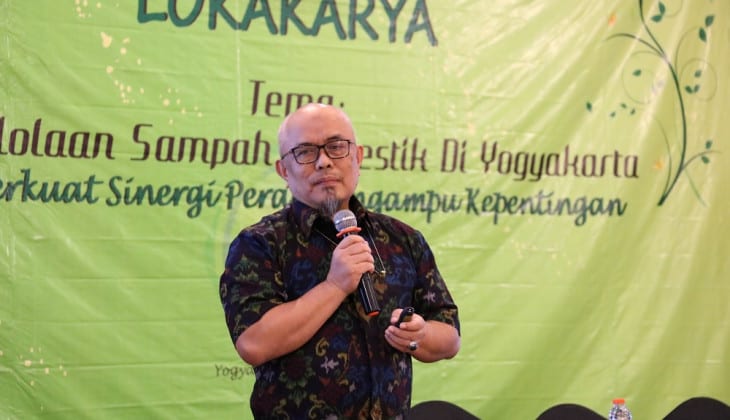 The Indonesian Ministry of Environment and Forestry (KLHK) encourages collaboration between the central government or the government, the private sector, the community, and various parties in waste management in Indonesia. Being the main speaker in the Domestic Waste Management training in Yogyakarta organized by the UGM Center for Environmental Studies (PSLH), he said that waste has become a serious problem in Indonesia. In fact, now Indonesia has become the second-largest producer of plastic waste in China.
The Indonesian Ministry of Environment and Forestry (KLHK) encourages collaboration between the central government or the government, the private sector, the community, and various parties in waste management in Indonesia. Being the main speaker in the Domestic Waste Management training in Yogyakarta organized by the UGM Center for Environmental Studies (PSLH), he said that waste has become a serious problem in Indonesia. In fact, now Indonesia has become the second-largest producer of plastic waste in China.
Therefore, efforts to manage waste by all parties need to be done. The rubbish issue, was once only managed by KLHK and the Ministry of Public Works. However, at this time all the kings had been involved together in asking for rubbish. The results of the 2015 & 2018 KLHK plastic waste survey and research recorded that the number of plastic shopping bag usage in 32 thousand modern retail members of Aprindo in 2016 was 9.85 billion pieces/year.
Furthermore, in 2018 an increase in users of 870 million pieces of plastic shopping bags. These findings indicate the high use of plastic bags which certainly adds to the production of waste by the community. Not only in quantity, but the composition of plastic waste every year also increases. Meanwhile, the amount recycled is not significant enough, only 11-12 percent of the total waste, while the rest goes to the landfill. The increase in plastic waste is due to people’s habits. In fact, in the national park area, the figure of plastic waste reaches 56 percent. This figure is far greater than in urban areas.
Quick movements in dealing with waste problems need to be done immediately. Waste management is done by reducing and handling waste. Waste reduction is done by preventing waste, minimizing waste production, for example by reducing the use of plastic shopping bags. Furthermore, waste management is carried out by reusing waste that can still be used and recycling the waste directly at the source. This also strengthens the role of each stakeholder in managing waste and formulates concrete steps to synergize the roles of stakeholders.
![]()
![]()

